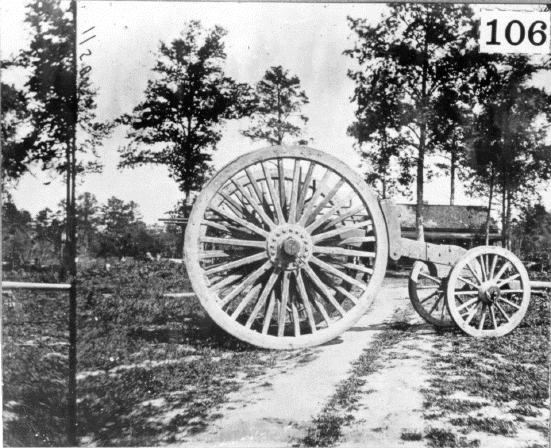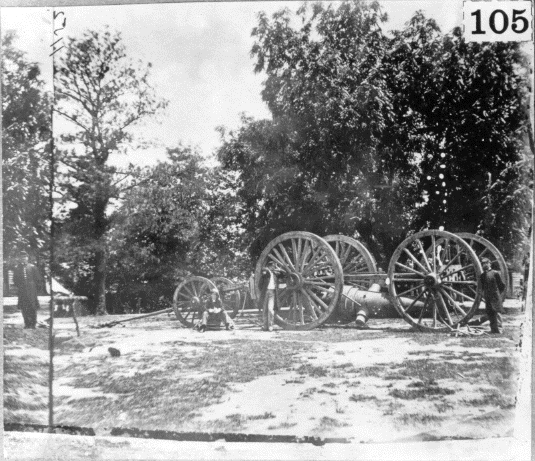Friends,
Found this pict. on the LOC site, thought it was interesting. The fact that they would haul a large gun like this around during the Peninsula Campaign is, to me, amazing.
Description reads: "1862, 32 pdr. Howitzer at Seven Pines, VA"
Rich Taddeo
Found this pict. on the LOC site, thought it was interesting. The fact that they would haul a large gun like this around during the Peninsula Campaign is, to me, amazing.
Description reads: "1862, 32 pdr. Howitzer at Seven Pines, VA"
Rich Taddeo







Comment